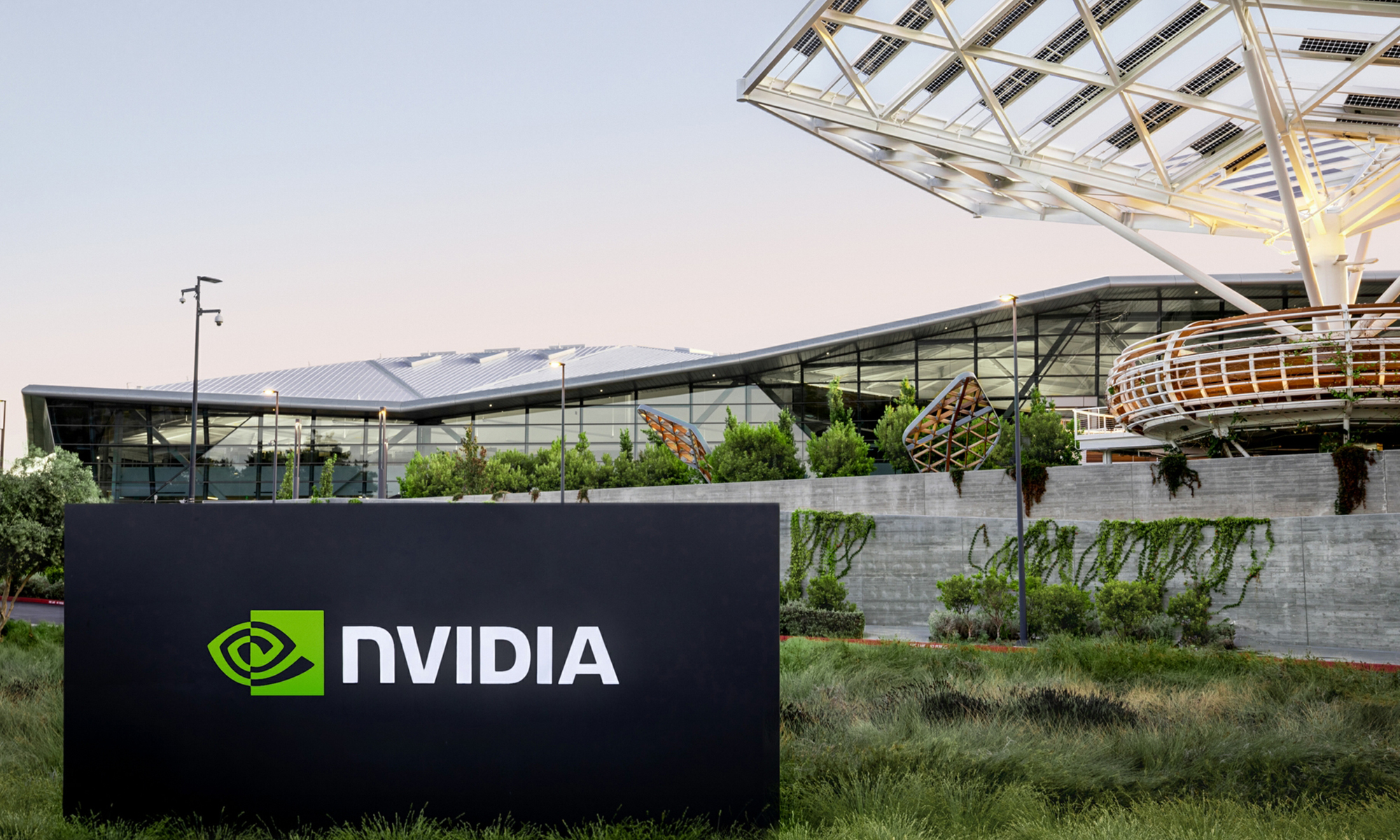These days, Nvidia (NVDA 0.32%) is most known as the designer of a key product that's powering the artificial intelligence (AI) revolution -- the AI chip. These graphics processing units (GPUs) are fast and efficient, helping customers train AI models on vast amounts of data in a short period of time. All of this readies the models to go on to do their job solving complex problems.
However, the power of the GPU doesn't stop here. These chips, along with related products that Nvidia has developed or is developing, may help the company seize another enormous opportunity. This even could be Nvidia's next trillion-dollar market.

Image source: Nvidia.
Nvidia's GPUs
Before diving in, here's a quick note about Nvidia's business so far in the AI space. As mentioned, the company is the leading designer of GPUs, and these chips are the key tools needed to develop and power an extremely broad range of crucial tasks. This has helped Nvidia's revenue to soar in the double and triple digits. In the latest full year, it reached a record of more than $130 billion.
Nvidia has designed various platforms based on its chips involving both hardware and software, so the GPU can be applied to problems across industries. It also serves as a game changer in everything from the development of a life-saving drug to the powering up of a new autonomous vehicle.
This brings me to the subject of Nvidia's next trillion-dollar market: the field of robotics. During the company's GTC event earlier this year, Nvidia Chief Executive Officer Jensen Huang even said robots would be the next $10 trillion industry. Robotics is present in many areas -- from the robot working in a manufacturing setting to the systems powering self-driving cars -- so the technology could streamline a company's operations and make people's daily lives easier.
Nvidia's ready for this trillion-dollar opportunity
Nvidia already is preparing for this opportunity as it's developed platforms that harness the strengths of its chips and software to power these robots. For example, this year, Nvidia launched the Isaac Groot N1 foundation model for humanoid robot reasoning and new Cosmos foundation models that are customizable for the development of physical AI, which includes robots and related machines.

NASDAQ: NVDA
Key Data Points
However, where Nvidia may see its first success in robotics might be in the area of autonomous vehicles, an industry where the company is heavily present. Nearly every company in the autonomous vehicle space uses Nvidia technology, Huang said during GTC. Not only is Nvidia fueling the actual development and operations of these cars, thanks to platforms like Nvidia Drive, but its technology also is being used to boost the use of robotics in auto factories.
For example, this year, General Motors expanded its partnership with Nvidia to cover the use of Nvidia technology in cars, as well as the application of platforms including Cosmos to train manufacturing models. The idea is to boost the use of AI and robotics throughout factory operations.
What does this mean for investors?
Why is all of this important for investors to consider right now? Nvidia has seen earnings and stock performance soar in recent years, and this may prompt some investors to wonder about future growth potential. How could revenue keep surging?
Nvidia's presence in robotics is part of the answer. The company, having already released systems to develop and power robots across industries, is well-positioned to benefit from this next trillion-dollar industry. In the recent quarter, the company's automotive revenue, which is heavily made up of self-driving systems, was only $586 million -- but that represents a year-over-year gain of 69% and allows plenty of room to run.
All of this is great news for Nvidia and its investors as it shows that the company's revenue opportunity is far from over. The robotics market, which may reach $10 trillion, could be next to push Nvidia's revenue and the stock price significantly higher over time.





